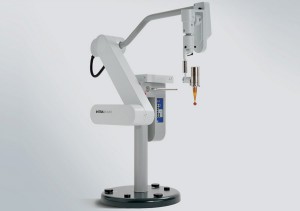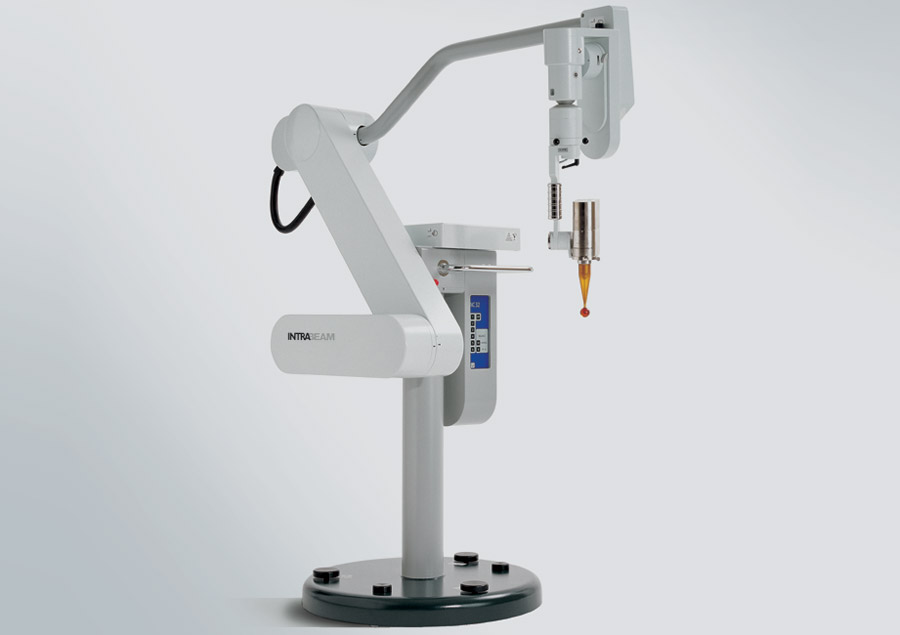 Intraoperative radiation therapy (IORT), a new technique for the treatment of breast cancer in patients who undergo lumpectomy surgery, is now available at the Rush University Medical Center, the institution announced earlier this month in a press release.
Intraoperative radiation therapy (IORT), a new technique for the treatment of breast cancer in patients who undergo lumpectomy surgery, is now available at the Rush University Medical Center, the institution announced earlier this month in a press release.
The new treatment option may significantly cut down breast cancer patients’ exposure to radiation and time spent in the hospital, as it requires only a single dose, applied directly into the surgical site, immediately after surgical removal of a cancerous tumor.
As Radiation Therapy News reported this month, the technique consists of a catheter-like device with a balloon at the tip, which is inserted into the lumpectomy cavity after the cancerous tumor is removed. The balloon is inflated with saline and the radiation therapy source docks into the catheter to deliver radiation to the tissue surrounding the cavity where the tumor was removed, avoiding radiating nearby organs. At the end of radiation treatment, the balloon is deflated and easily removed and the cavity is closed.
According to Dr. Katherine Kopkash, an assistant professor at the Rush University Medical Center, the IORT is currently available for women with early-stage breast cancer, but doctors are enthusiastic about possibly using the technique for other types of patients, such as those with breast cancer recurrences or those who are undergoing a nipple-preserving mastectomy.
While relatively new in the U.S., IORT has been performed in Europe since the 1990s and its advantages over traditional radiation therapy have long been proven. Maximum effect of the radiation dose, the sparing of healthy tissues and organs, shortened treatment periods, and the “boost” of radiation it is able to provide patients who need radiation after surgery are the main advantages of IORT listed by The Cancer Treatment Centers of America network.
Basically, Dr. Kopkash explains, this treatment option allows patients to return to their lives faster by potentially reducing the need for further therapies and enhancing their quality of life.
So far, over 15 women have been treated with IORT by Kopkas and her colleagues at Rush, where breast cancer patients can be seen by a medical oncologist, a radiation oncologist and a surgeon at the same time at the Coleman Foundation Comprehensive Breast Cancer Clinic.
[adrotate group=”1″]


